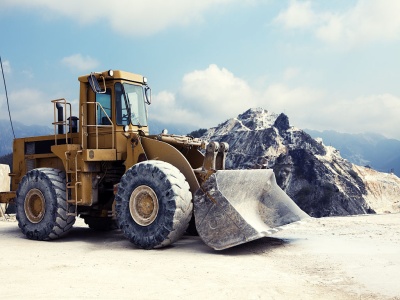Understanding the Difference Between Silica Sand and Washed Sand
· White Sand. This sand is mostly applied where aesthetics are the objective. Sand traps, manmade beaches, beach volleyball courts, and play sand. When the white color isn't naturally available, limestone is added as a whitener. Because of washing and sorting, washed sand varieties usually carry a higher price tag than silica sand offerings.















































